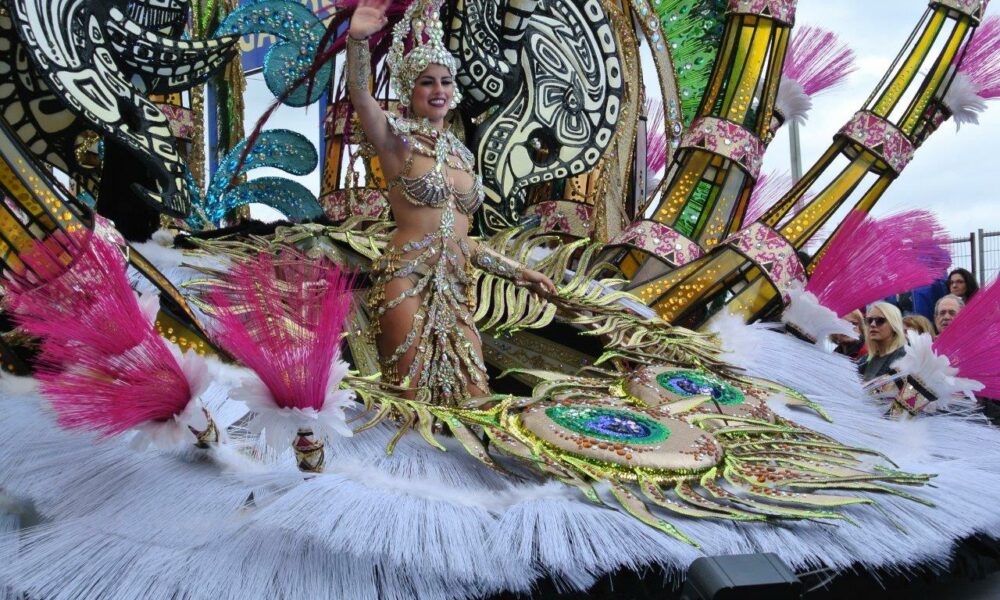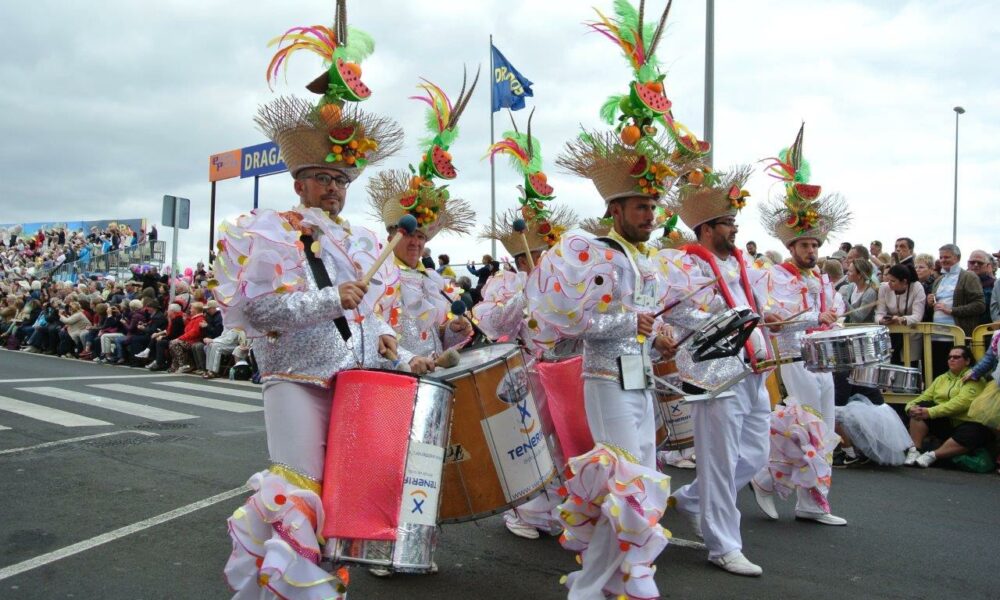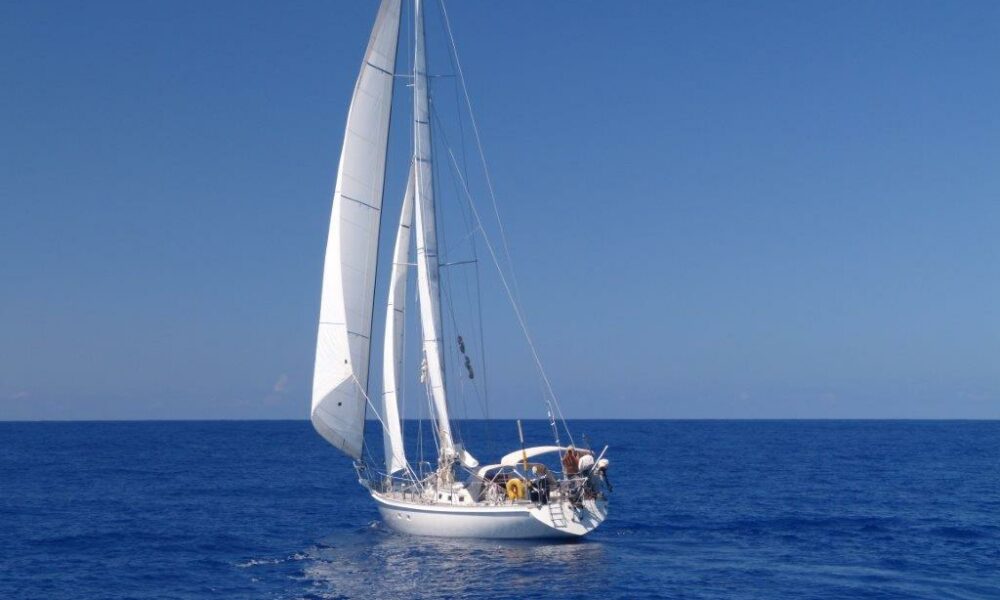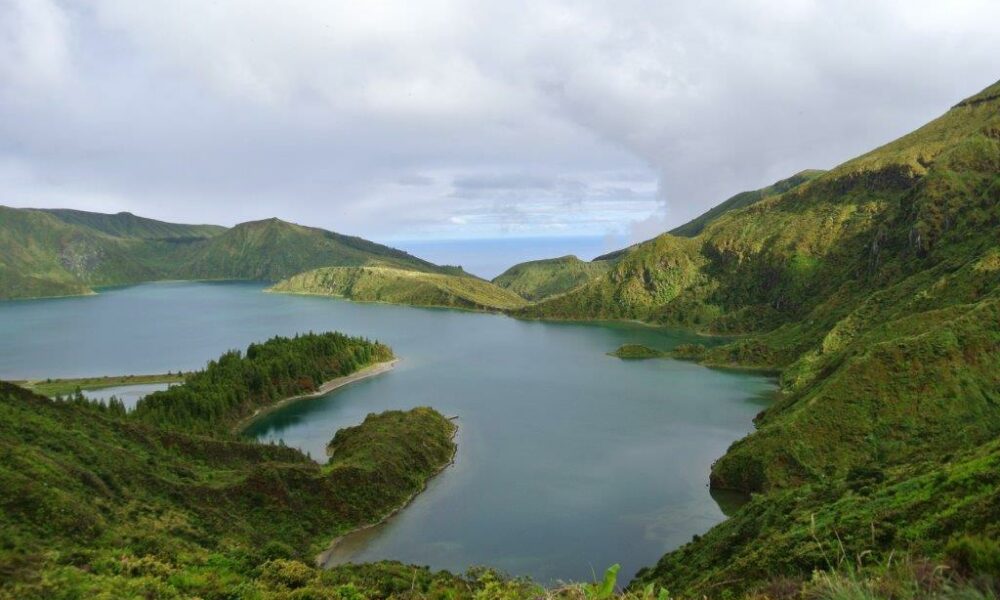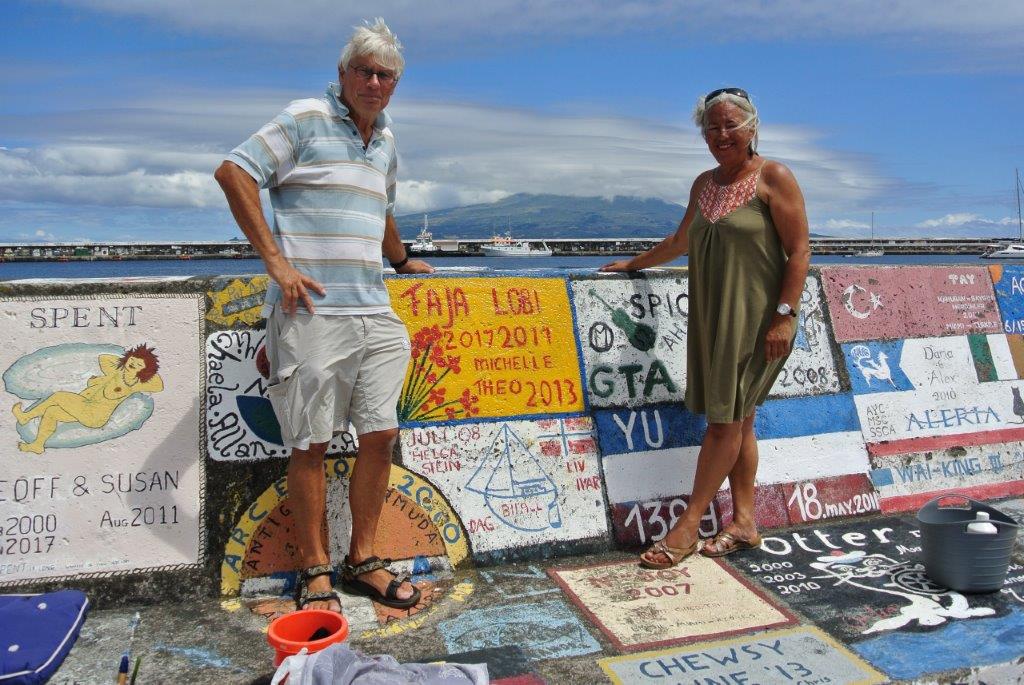
15 Dec BLOG: THEO AND MICHELLE: AROUND THE CANARY ISLANDS WITH SAILING YACHT; HUTTING 45
Plans of Cruisers are written in sand – “Often not because of problems with the sailing boat or something else, but because we enjoy ourselves wherever we are”. The freedom of discovering countries, cities and villages and staying as long or as short as you want, that is the freedom that Theo and Michelle de Loos have been enjoying for almost 20 years while sailing on their Aluminum sailing yacht: Hutting 45 ‘Faja Lobi ‘.
Around the world in 10 years, back to the Caribbean, on to the Mediterranean. Now the Faja Lobi is located in Portugal. A crazy time, waiting for what to do next …
In recent years at sea, they have kept a blog in which they describe their sailing adventures, give tips and share their experiences of sailing routes. In the Hutting Yachts blogs we draw on their experiences. This edition includes sailing around the Canary Islands.
In this blog: the climate and ‘Acceleration zones’ of the Canary Islands.
The Ideal Climate of the Canary Islands
Perhaps the best in the world… the climate on the Canary Islands is very pleasant. Even in winter during the day there are pleasant temperatures, cool nights, little rain and, especially pleasant for older bones, low humidity. The average age of the population, is therefore high, … you sometimes feel like you’re in a European retirement home!
The latter also applies to the population of the marinas. Those making the journey to the Caribbean leave at end of December. Those who consider the Canary Islands as far away enough and have no ambition to go further away, mean the ‘old salties’ remain.
Most of them are real sailors, who have sailed around the world or have at least travelled far away. The majority are elderly, which fits well within the total population picture already described.
Celebrating Carnaval in Santa Cruz
… Finally, after months of sailing, a night of good wind, sailing from Lanzarote to Tenerife. We arrived just in time to experience the Santa Cruz Carnival. It is said to be the largest carnival in the world after Rio de Janeiro. We have experienced it fully and recommend it to everyone. The Marina where we stayed is located right in front of the centre, where the entire event took place. Tens of thousands of partygoers in crowded streets, music on various stages, everyone dressed up, and a huge parade with dozens of dance groups. Everyone participates, young and old.
Sailing around the Canary Islands: Acceleration zones
Sailing around the Canary Islands also means being confronted with the phenomenon of ‘acceleration zones’. The predominantly North-Eastern wind is held back by the high islands. The wind is deflected, but also accelerates sharply. This leads to zones with sudden stormy winds.
During our departure for the sailing trip from the Canary Islands to the Azores, these stormy winds hit us too. The depressions that travel across the Atlantic towards Europe, pull straight across the Azores in the winter. We waited for this current to move in a more northern direction in order to make way for the well-known high-pressure area of the Azores. But after a few weeks of waiting and already going to the marina of Tazacorte on La Palma, there was a nice window to hoist the sails and set out the course.
Sailing from the Canary Islands to the Azores
The first hours there was around 30 knots of wind and a choppy sea. After a few hours the wind returned back to normal with around 20 knots (5 on the Beaufort scale).
The last time we had to sail upwind for such a long time was during our sailing trip from Tonga to New Zealand. This time we covered the entire stretch of over 630 miles in about 5 days, constantly sailing upwind. After 2 days we got used to the sea again and we managed to sleep better despite the gusts of wind which led to us ‘falling off’ a wave every now and then.
We enjoyed the crossing. We only saw 1 ship during the entire journey. Always a brisk sea, but also beautiful sunsets. It is surprising that, despite the choppy sea, nothing broke on this tour. Usually, 5 days of non-stop sailing also leads to a few days of repair and maintenance …
Now we are in the marina of Porto do Vila on Santa Maria. Next week we are going to Sao Miguel, the largest island of the Azores. Maybe we will visit some other islands and then we will make the crossing to Europe again. In the next blog we will write more about sailing in the Azores!
Curious about the type of aluminum sailing yacht that Theo and Michelle sail around the world with? Click here for more information about the Hutting 45.





